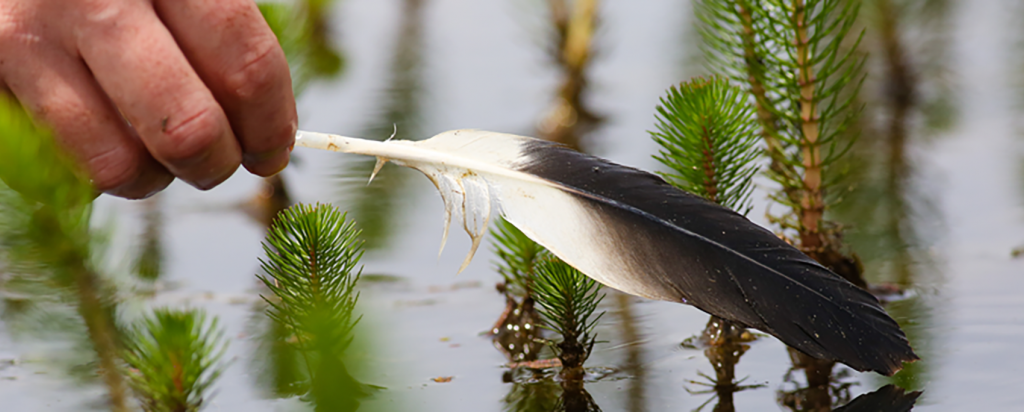
ANSTO and the University of NSW (UNSW) have been overwhelmed with the response over the past few years from a call out to citizen scientists to collect and send in moulted waterbird feathers to assist with their research into wetland management.
In total 835 submissions were received from citizen scientists - including students, environmental groups and individuals - from 553 wetlands from across Australia, with some submissions including up to 50 samples.
Researchers from ANSTO and UNSW have analysed a vast selection of the feathers using nuclear techniques and gained an in-depth understanding of the water birds in our basins and the broader ecosystems they live in.
ANSTO and UNSW researchers were able to reveal information about the movement patterns, diet and habitats of each bird as it grew the feather.
This information can be used by water and wetland managers to inform decision making and help researchers better understand waterbirds to ensure their survival.
The study showed:
- The interconnectedness of Australia’s waterways and the importance of the country-wide water ecosystem to birdlife.
- The great importance of the Murray Darling Basin to Australia’s waterbirds as it is the key basin from which birds dispersed to other places in Australia.
- Of the feathers analysed, 60 per cent were identified as having been grown in the Murray Darling Basin.
- Feathers coming from the Murray-Darling Basin were found in 11 of the 13 basins.
- The reliance of Australia’s waterbirds upon the Murray Darling Basin wetlands reinforced the importance of properly managing this water resource into the future.
- Across Australia, birds were found to travel long distances across the country and many species are very mobile moving between basins, most likely in search of good habitat because of its variability over time and across the landscape.
- While the Murray Darling Basin was found to be an important area from which birds disperse, it is critical to ensure that the rest of Australia’s wetlands are protected as it is these wetlands that the waterbirds go to when they leave the Murray Darling Basin.
Joint UNSW and ANSTO Lead Father Map researcher, Dr Kate Brandis said the Feather Map of Australia was an extremely successful citizen science project.
“Each feather is like a memory chip of where that bird has been, so comparing feathers from diverse parts of Australia identifies differences and creates a map to understand more about the ecosystems,” she said.
“Understanding how these birds use wetlands and where they travel is crucial to the conservation of the environments where they nest, feed and roost.
The ANSTO analysis revealed elements such as silicon, phosphorous, sulphur, chlorine, calcium, iron, zinc, arsenic and tin, which all help to tell a story about the bird’s environment when it grew the feather.”
A sample of each studied feather was also screened for isotopes of oxygen and carbon to compare feathers from diverse pockets of Australia and link them to specific areas.
“Thanks to 200 citizen scientists across Australia, more than 210 feathers from 158 wetlands for 24 species have now been mapped, with vital information unlocked for researchers to better understand the role of Australia’s wetlands,” Dr Brandis said.
“Birds were found to travel long distances across the country and many species are very mobile moving between basins, most likely in search of good habitat because of its variability. This highlights the importance of the country-wide water ecosystem to birdlife.
“We couldn’t have produced the results that we have without the help of our citizen scientists who collected hundreds of feather samples that are vital to our study.”
With thousands of feathers received, the researchers are now in possession of the largest loose Australian bird feather collection, an invaluable resource for future studies.
For more information see www.ansto.gov.au/feathermap